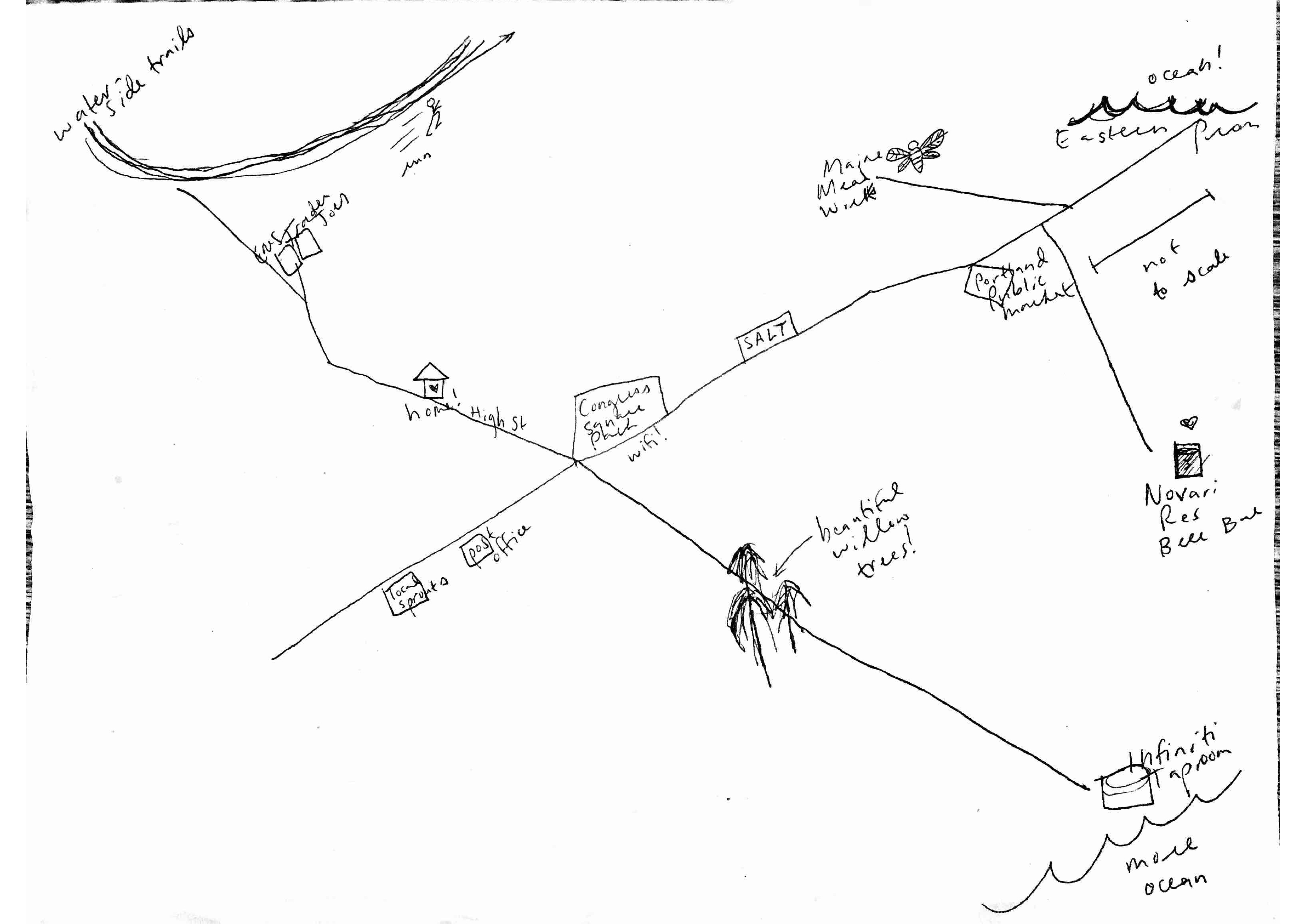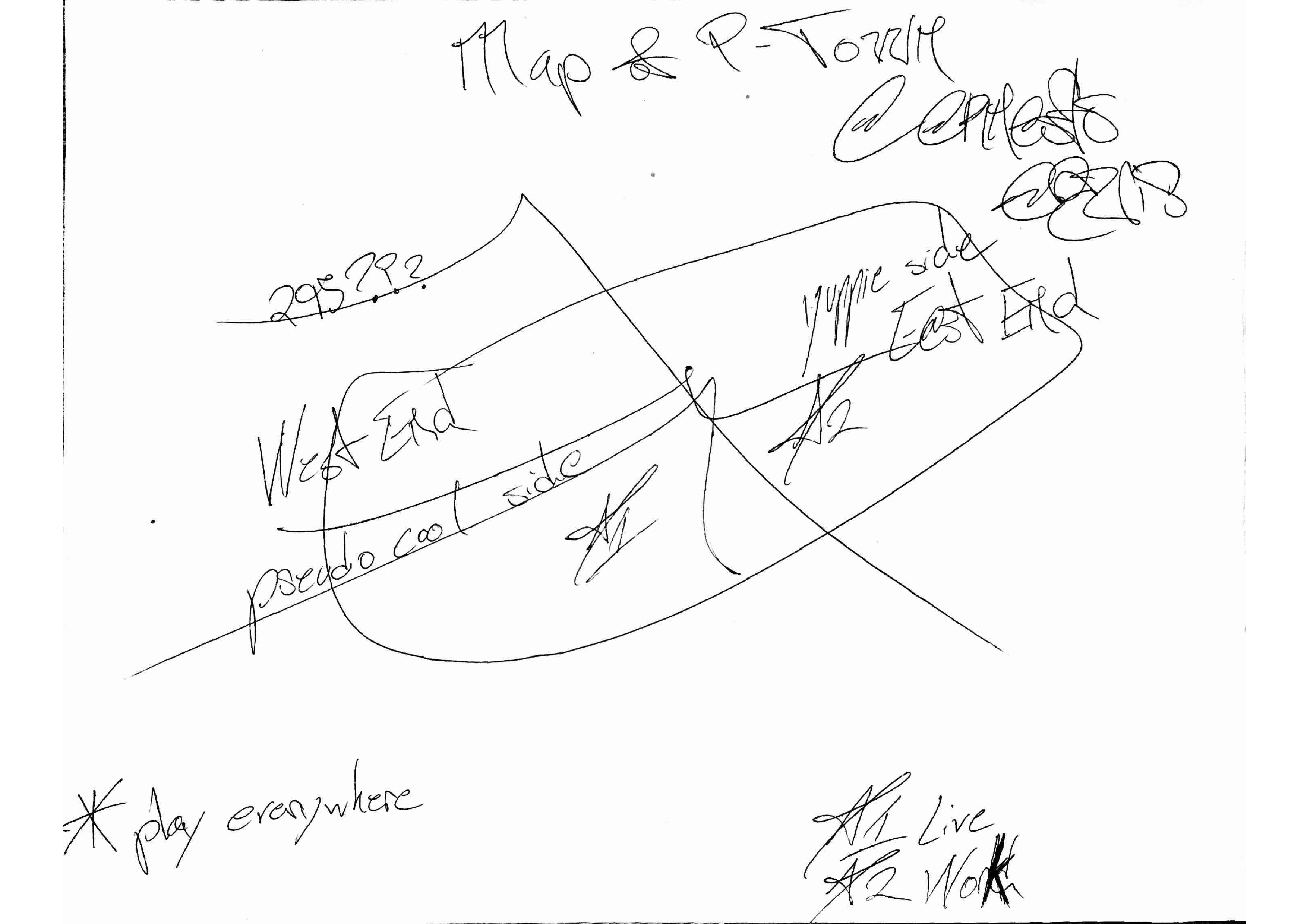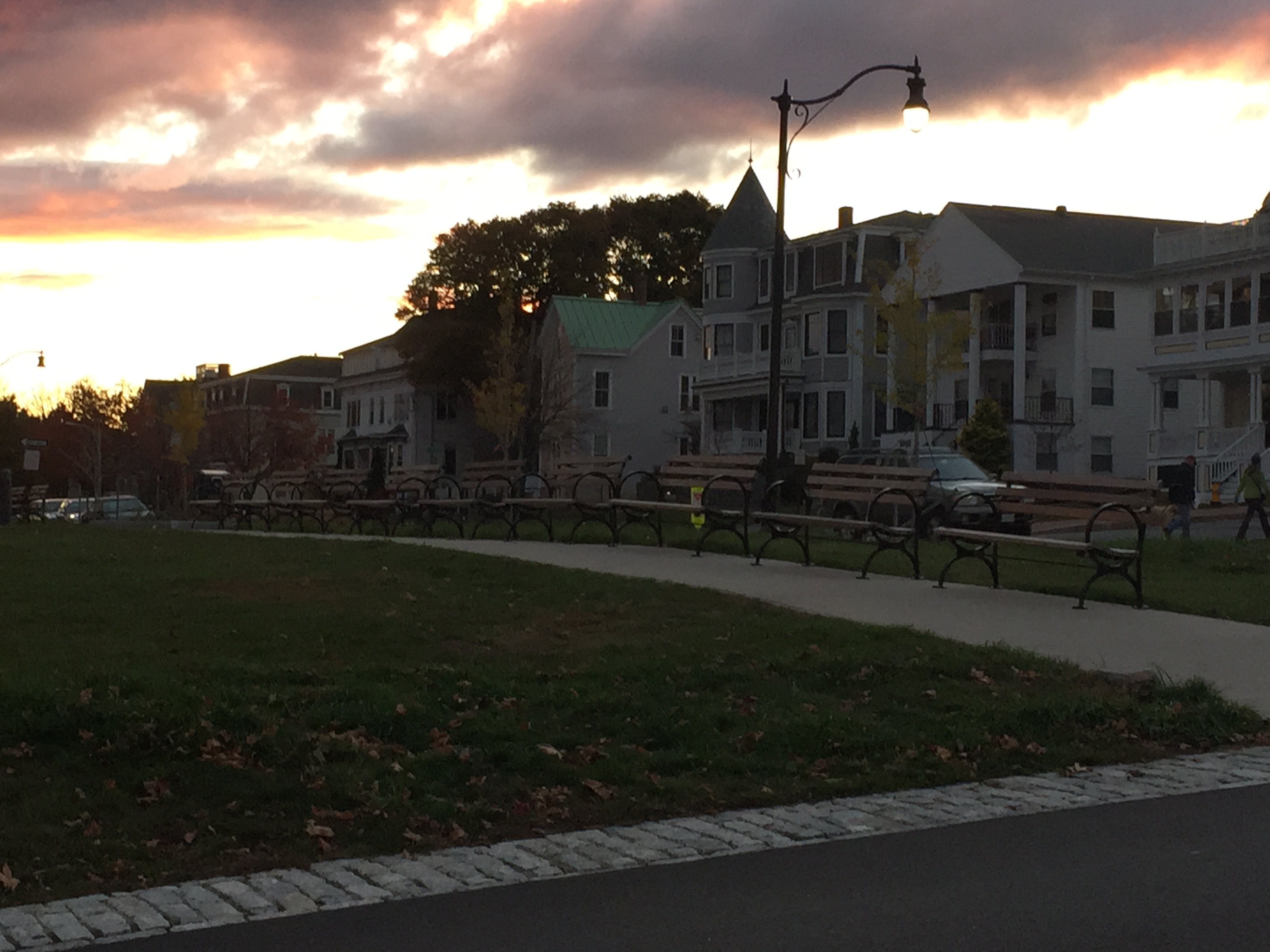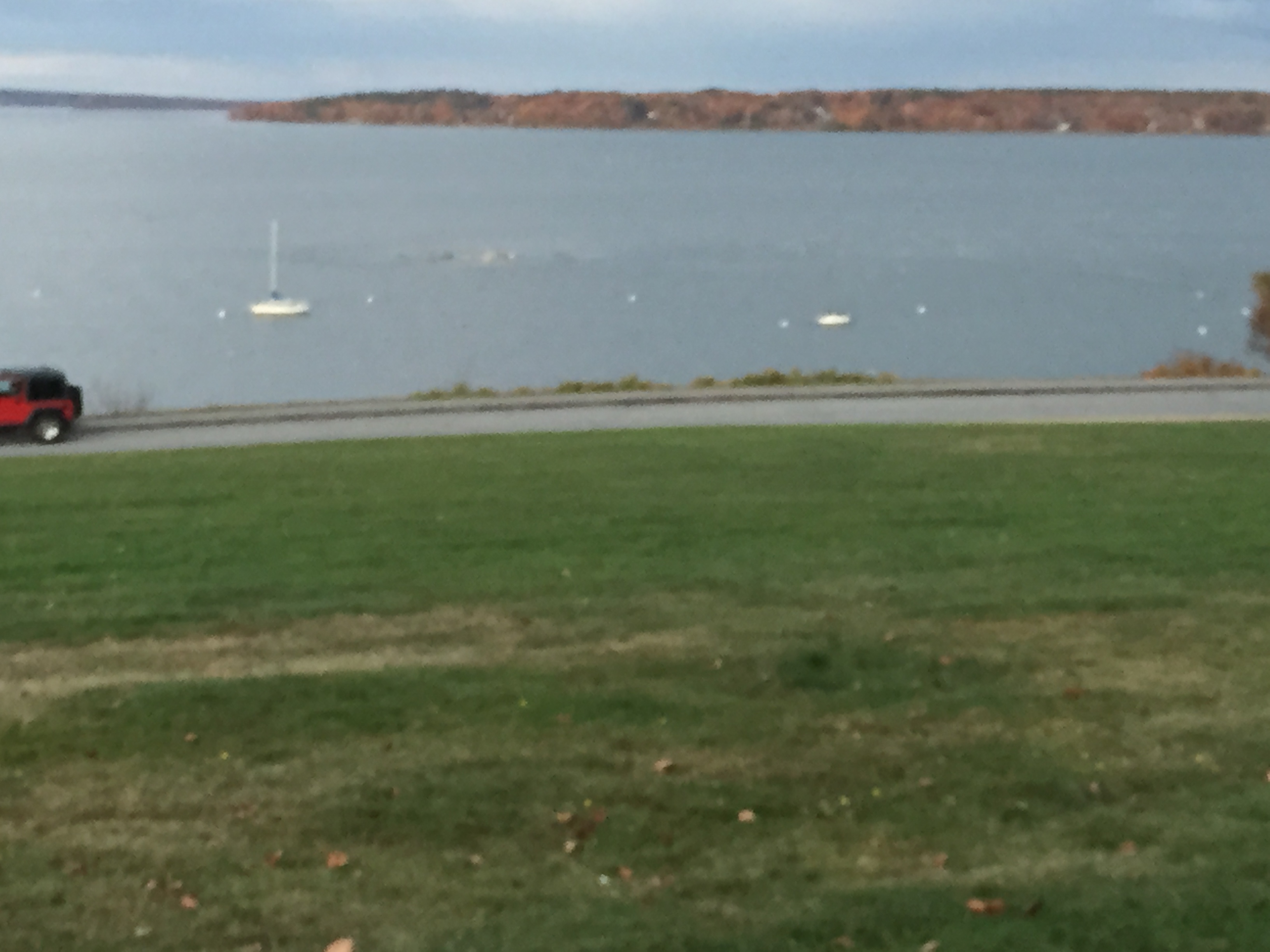Local Sprouts Cooperative
After doing some field work through Cafe Ethnography and collecting some mental maps, I have reaffirmed my original ideas about improving infrastructure in Portland, Maine (more development projects to attract investment and population, such as building a casino). I have reached this conclusion from the following insights drawn from my ethnography and mental maps, below.
1) Lack of population. There does not seem to be enough people to sustain Portland’s service industry. This would also explain the empty prime location retail spaces still looking for tenants. It is not that businesses are not attracting people, but the fact that even a major thruway looks relatively empty. This would also explain higher prices in the cafe to help compensate for high fixed operational costs.
2) Lack of businesses. More business mean more tax income, which could go to aiding the Preble St people, along with funding many other public space projects that would make everybody’s lives better. It would also mean more job opportunities.
3:00 pm – The cafe is mostly empty, with only 10 patrons including myself. The cafe seems to offer a lot of options in addition to coffee and tea, including beer and drink specials. The prices tend toward the higher end of the cafes I have been to in Maine.
3:10 pm – The place does not look like it is well attended to. There seems to be only 2 staff working. I spot patrons waiting at counter for somebody to help them.
3:25 pm – I spot a couple dating, a female student texting, another female student with headphones on doing work, a mid-aged woman doing work on her laptop (all electronics have an Apple logo on them).
3:30 pm – Talked to 2 people who identified as queers: they loved the character of Portland and the sense of community, stating that it is not overwhelming.
3:50 pm – Decorations and vibe in general feels very “Maine.”
4:03 pm – Music : Something in the way he moves – Bobbie Gentry.
Lighting and mood feels organic in a sense. I also spot artwork of plants and animals. There is even a food map of Maine, something which I feel is quite relevant to our class. I should have taken a picture of it. I guess the cafe is really capitalizing on Maine’s distinct personality and why people chose to come here. Most furniture are made of wood, and even the floor is wooden.
4:05 pm – Just noticed there’s free WiFi— not really obvious.
4:07 pm – Music: Fancy – Bobbie Gentry.
4:10pm – Looking out, I observe little car traffic on Congress St, which is quite shocking considering all mental maps contained the road in a central artery position. The couple dating just got served food and are now eating.
4:15 pm – There is nobody in the children area.
4:25 pm – Pretty much the same crowd at the cafe. A guy came in by himself, and is eating a meal. The woman who was working on her laptop is now cleaning up and getting ready to leave. And then I just noticed that even without much staff attention, the place still looks pretty neat and clean. This might be suggestive of Portland residents being really considerate of others.
4:30 pm – I see a guy standing along in a corner reading a book? Questionable what he is doing.
4:40 pm – I feel the lighting and vibe makes me become negligent of time, though I am not sure if time feels faster or slower. Or maybe it has something to do with the music — Amy Winehouse is playing at the moment.
4:50 pm – There is seemingly more traffic outside, though I see way more pedestrians.
4:55 pm – There is a giant “For Lease” sign outside at 648 Congress St. Its neighbor, 652, looks empty too. The retail situation on Congress St doesn’t seem so great.
5:00 pm – Traffic outside have started to die down.
5:10 pm – A couple of people are walking around while talking on their phones, though not disturbingly.
5:15 pm – I just noticed there are a lot of christmas lighting, a Social Justice board, and a giant wall outside of bathroom dedicated to ad and event posts. The information seem to be very diversified— I see events and opportunities catered to a variety of different interests.
5:20 pm – Most of the people in the cafe when I entered have already left, except for the female student working, and the couple on the date still dining.
5:24 pm – I observe many single males come in ordering meals at this point.
5:26 pm – I also just remembered that almost everybody I talked to in the cafe mentioned Preble St. as being the sketchy area that people have to detour around to get from Old Port to Whole Foods and other business on Marginal Way.
5:28 pm – I have seen a bus pass through Congress St. roughly every 10 min. All the buses look pretty empty. Directly across the street at 650 Congress, is a “she-bear” gallery?
5:30 pm – People outside don’t seem to be walking fast at all. Everybody looks like they are just casually taking a walk. Most passer-bys look young and hippy, or older and badly groomed.
5:32 pm – As I am leaving, I notice a piano that’s not being utilized (don’t know if you are allowed to). By the way, how does a cafe become emptier at 5:30 pm than at 3 pm??!!
Map 1: Parker, 26, in Portland for 3 years, identifies as male, lives in South Portland, works in retail at the Maine Mall. [email protected]

Map 2: Lahana Palehcia, 19, Female, Housekeeper, in Portland for 1.5 years, lives on Congress St, [email protected]. Uses the Portland Bus System extensively.

Map 3: 24, female, student, in Portland for 3 months, lives on High Street, wishes there were more public shuttles to get to wilderness areas.

Map 4: Erneok Moreno, 32, male, in Portland for 2 months, lives in West End, [email protected].













